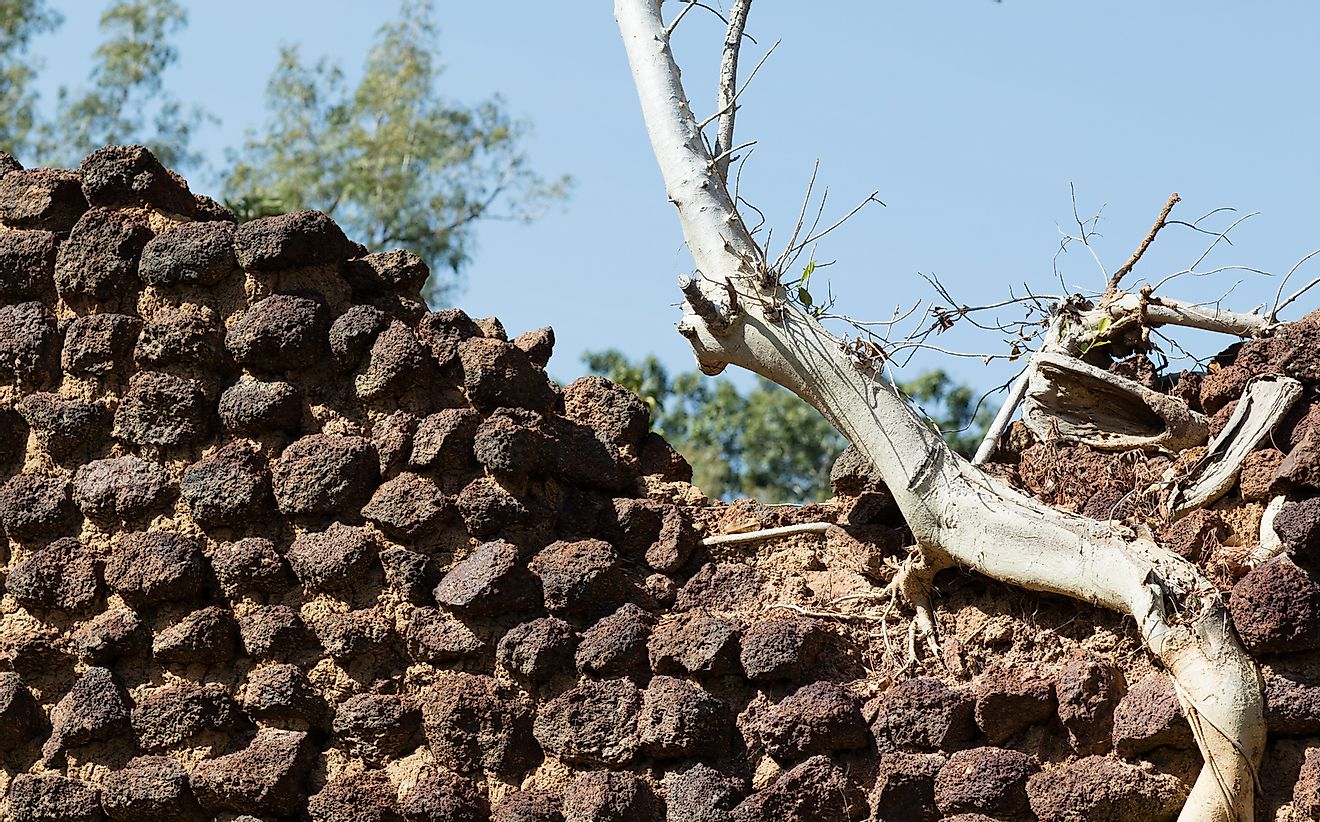Loropeni Ruins, Burkina Faso

Burkina Faso is a landlocked country in western Africa that borders six countries, including Benin, Cote d’Ivoire, Ghana, Mali, Niger, and Togo. Burkina Faso, as with many African countries, is teeming with cultural heritage sites. The Loropeni Ruins was the first UNESCO world heritage site to be inscribed in Burkina Faso in 2009. The site is a cultural landmark in Burkina Faso and represents the former affluence of medieval kingdoms during the trans-Saharan trade. The ruins were abandoned in the 19th Century but remain well preserved due to their spiritual importance to local communities.
5. Description and History -
The ruins consist of majestic stone walls rising to nearly six meters and enclosing an old abandoned settlement. The ruins were inhabited by either the Koulango or Lohron people as early as the 11th Century. The Loropeni Ruins are the best preserved in the Lobi area, which has a total of ten such fortresses. The settlement is similar to other abandoned settlements which thrived during the trans-Saharan gold trade. The Loropeni settlement is thought to have been vital during the trade, in particular between the 14th and 17th Centuries, where it was at its highest prominence. The Loropeni ruins mirror other West African medieval settlements that were part of the trans-Saharan trade. The settlement was abandoned in the 19th Century due to slave raids.
4. Renown and Tourism -
The ruins, being the only world heritage site in the country, are a major tourist destination in Burkina Faso. Tourism in the ruins has facilitated the growth of the nearby Loropeni market town. The ruins offer the best example of similar settlements which were scattered across West Africa before slave trade and colonization. They are a living testimony of organization as it was in medieval Africa.
3. Uniqueness -
The ruins serve as a representation of the lucrative trans-Saharan gold trade, and the affluence associated with it. The ruins have persisted for around 1,000 years, and remain 80% intact, evident of a strong fortification. The ruins cast the inhabitants as having been well skilled in medieval architecture, making the ruins stand out from other ancient fortified structures in the region.
2. Natural Surroundings, Sights, and Sounds -
The ruins are surrounded by trees and vegetation in modern times which provide habitats for small animals such as rodents and birds. The Black Volta River also flows near the ruins. Currently, the ruins are overgrown with trees and the walls are almost crumbling.
1. Threats and Conservation -
The Loropeni Ruins are adversely affected by environmental conditions. Increasing rainfall volume, rough winds, and high temperatures are the major environmental threats to the sustainability of the ruins' preservation. Activities of rodents on the walls have led to the weakening of the walls’ foundation in some areas. Fires, especially during the dry seasons, have caused some level of damage to the ruins. Structural weaknesses are also causing the walls to crumble. Skilled craftspeople from surrounding communities are facilitating conservation efforts on the ruins. The ruins have spiritual importance to the neighboring communities, and they are therefore actively involved in their preservation.
The Loropeni ruins were listed on a 2008 watchlist on World Heritage sites, necessitating more intensive conservation management policies by the government in partnership with cultural agencies. The Loropeni ruins remain a well-preserved heritage site in Burkina Faso.Currently, the ruins is surrounded by 670 acres of an area consisting of a buffer zone to control encroachment and protect the site from activities such as farming and quarrying







